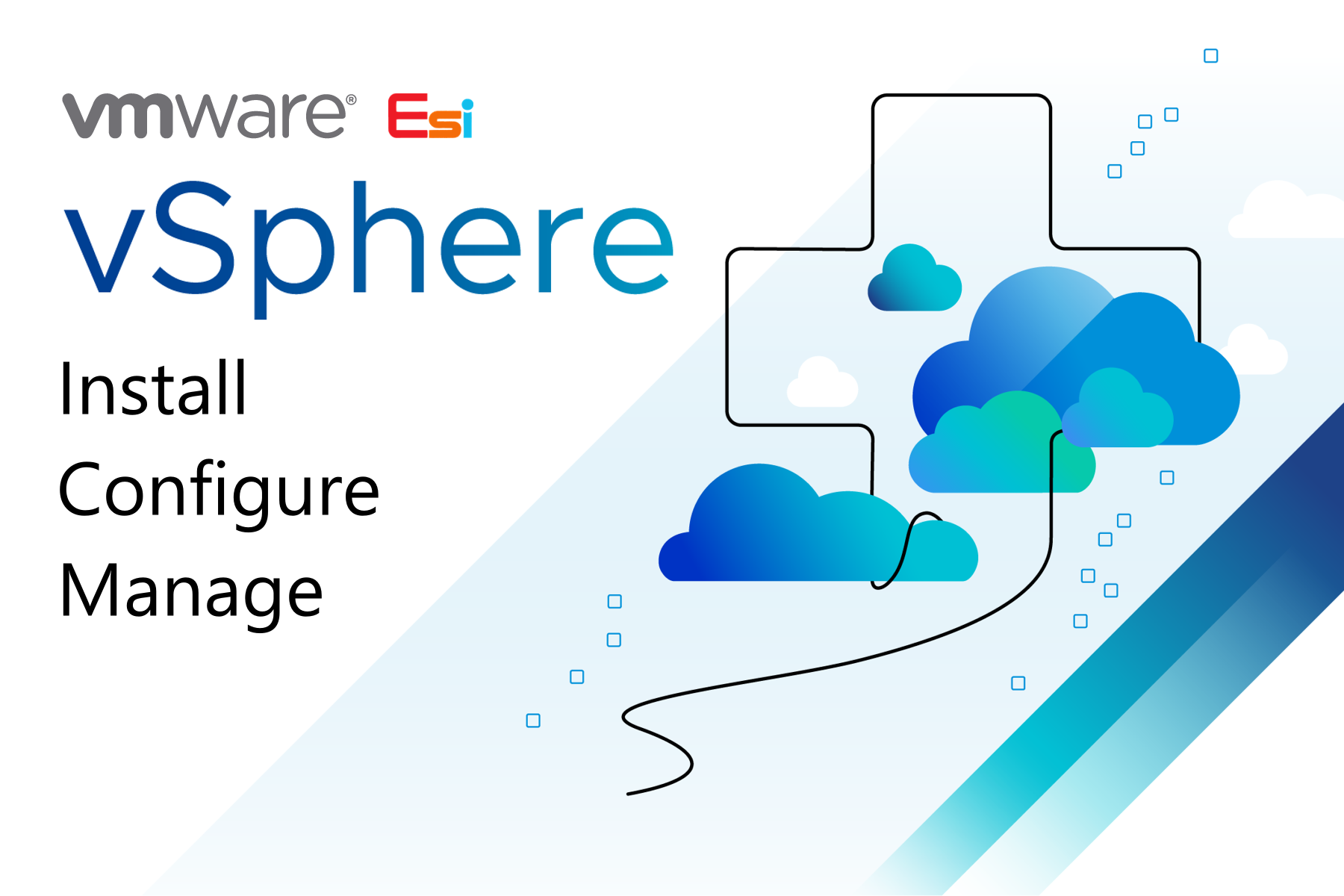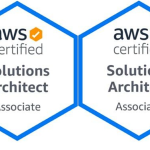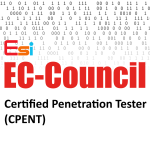Overview
VMware ICM (Install, Configure, Manage) certification training courses are focused on teaching candidates how to successfully install, configure and manage various VMware applications in order to achieve optimal efficiency at their organization. These applications are modernized to keep up with the wave of digital transformation so that organizations can stay ahead of their competitors. The VMware certification training courses are designed to train working professionals on how to successfully manage cloud-based operations at their organization.
Benefits
The VMware vSphere Install, Configure, Manage certification training is ideal for participants who are looking to administer VMware vSphere 7 in the form of installation, configuration, and managing it. The training also provides participants an understanding of VMware ESXi 7 and VMware vCenter Server 7 technologies as well.
This 5-day VMware vSphere Install, Configure, Manage v7 training will be beneficial for enterprises that are looking to implement virtualization for physical assets in the form of servers and desktops. With increased virtualization implementation in enterprises globally, professionals with VMware
certification credentials are in high demand.
This VMware certification course is ideal for professionals who perform the job roles of System Administrators and System Engineers. Professionals who are looking to take up this VMware vSphere Install, Configure, Manage course should have prior knowledge of system administration through windows or Linux operating systems. Participants who take up this VMware training will receive a copy of the course material, instructor-led training from a VMware Premier Training Partner, and a course completion certificate.
The Main Topic of the Course
- Course Introduction
- Introduction to vSphere and the Software-Defined Data Center
- Virtual Machines
- vCenter Server
- Configuring and Managing Virtual Networks
- Configuring and Managing Virtual Storage
- Virtual Machine Management
- Resource Management and Monitoring
- vSphere Clusters
- vSphere Lifecycle Management
Course Requirements
There are no specific prerequisites required to attend the training Course.
BUT Participants looking to take up VMware vSphere Install, Configure, Manage v7 certification training need to have: A proper understanding of system administration through Linux and Windows OS
Exam requirements
It is required to have LAB in this course
Course Outlines and Training Plan
Module 1:
- Introductions and course logistics
- Course objectives
Module 2:
- Explain basic virtualization concepts
- Describe how vSphere fits into the software-defined data center and the cloud infrastructure
- Explain how vSphere interacts with CPUs, memory, networks, and storage
- Recognize the user interfaces for accessing the vCenter Server system and ESXi hosts
- Describe the ESXi host architecture
- Navigate the Direct Console User Interface (DCUI) to configure an ESXi host
- Recognize ESXi host user account best practices
- Install an ESXi host
- Use VMware Host Client™ to configure ESXi host settings
Module 3:
- Create and provision a virtual machine
- Explain the importance of VMware Tools™
- Install VMware Tools
- Identify the files that make up a VM
- Recognize the components of a VM
- Recognize virtual devices supported by a VM
- Describe the benefits and use cases for containers
- Identify the parts of a container system
Module 4:
- Describe the vCenter Server architecture
- Discuss how ESXi hosts communicate with the vCenter Server
- Deploy and configure vCenter Server Appliance
- Use vSphere Client to manage the vCenter Server inventory
- Add data center, organizational objects, and hosts to the vCenter Server
- Use roles and permissions to enable users to access objects in the vCenter Server inventory
- Back up vCenter Server Appliance
- Monitor vCenter Server tasks, events, and appliance health
- Use VMware vCenter Server® High Availability to protect a vCenter Server Appliance
Module 5:
- Create and manage standard switches
- Describe the virtual switch connection types
- Configure virtual switch security, traffic-shaping, and load-balancing policies
- Compare vSphere distributed switches and standard switches
Module 6:
- identify storage protocols and storage device types
- Discuss ESXi hosts using iSCSI, NFS, and Fibre Channel storage
- Create and manage VMFS and NFS datastores
- Explain how multipathing works with iSCSI, NFS, and Fibre Channel storage
- Recognize the components of a VMware vSAN™ configuration
Module 7:
- Use templates and cloning to deploy new virtual machines
- Modify and manage virtual machines
- Create a content library and deploy virtual machines from templates in the library
- Use customization specification files to customize a new virtual machine
- Perform vSphere vMotion and vSphere Storage vMotion migrations
- Describe the Enhanced vMotion Compatibility feature
- Create and manage virtual machine snapshots
- Examine the features and functions of VMware vSphere® Replication™
- Describe the benefits of VMware vSphere® Storage APIs – Data Protection
Module 8:
- Discuss CPU and memory concepts in a virtualized environment
- Describe what overcommitment of a resource means
- Describe methods for optimizing CPU and memory usage
- Use various tools to monitor resource use
- Create and use alarms to report certain conditions or events
Module 9:
- Describe the functions of a vSphere DRS cluster
- Create a vSphere DRS cluster
- Monitor a vSphere cluster configuration
- Describe options for making a vSphere environment highly available
- Explain the vSphere HA architecture
- Configure and manage a vSphere HA cluster
- Examine the features and functions of VMware vSphere® Fault Tolerance
Module 10:
- Recognize the importance of the vCenter Server Update Planner
- Describe how VMware vSphere® Lifecycle Manager™ works
- Describe how to update ESXi hosts using baselines
- Validate ESXi host compliance using a cluster image
- Describe how to upgrade VMware Tools and VM hardware






